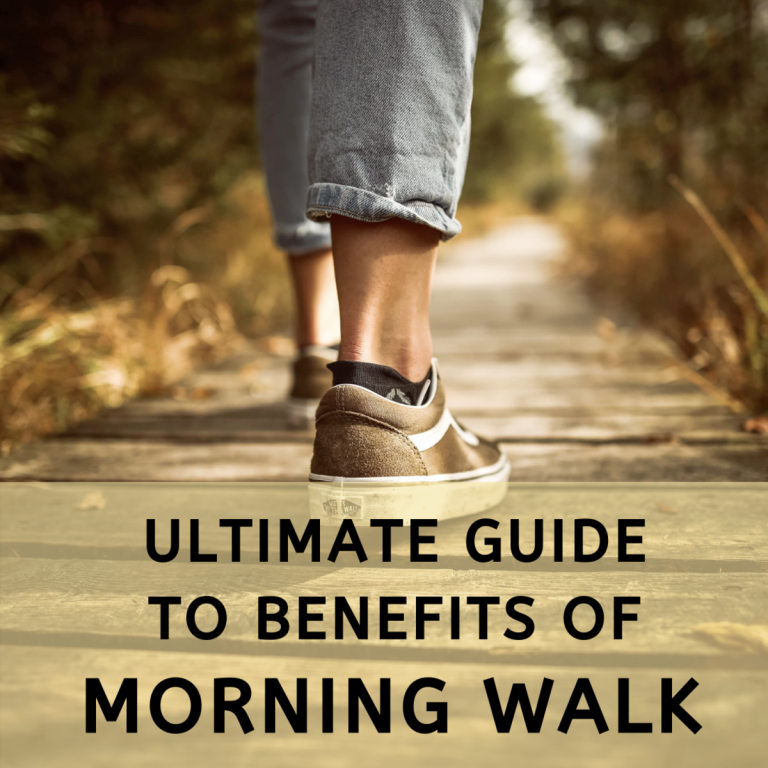What Causes You to Stumble When Walking : Top Factors Unveiled
Stumbling when walking is often caused by uneven surfaces, poor balance, or foot injuries. Walking may seem effortless, but there are several factors that can cause stumbling.
Uneven surfaces, such as cracks in the pavement or loose gravel, can easily catch your foot and cause you to stumble. Poor balance, whether due to age, medical conditions, or fatigue, can also make walking more challenging. Additionally, foot injuries, such as sprains or fractures, can affect your ability to walk steadily.
Understanding these common causes of stumbling can help you take steps to prevent accidents and maintain healthy walking habits.

Credit: www.hodinkee.com
Uneven Surfaces
Uneven Surfaces: Walking on uneven surfaces can lead to stumbles and falls, impacting your stability and balance.
Poorly Maintained Sidewalks
Obstacles like cracks, potholes, or debris on sidewalks pose tripping hazards.
Uneven surfaces on sidewalks, particularly in urban areas, can cause tripping.
Uneven Terrain
Walking on uneven terrain such as gravel, dirt paths, or rocky areas can lead to loss of footing.
Unstable ground can increase the risk of tripping and stumbling.

Credit: www.amazon.com
Footwear
When it comes to walking, your choice of footwear plays a crucial role in your stability and balance. Ill-fitting shoes and slippery soles are two common causes that can make you stumble while walking. Let’s take a closer look at each of these factors and how they can affect your ability to stay on your feet.
Ill-fitting Shoes
Wearing shoes that do not fit properly can significantly increase the likelihood of stumbling. When your shoes are too big, your feet can slide around inside, causing you to lose control and potentially trip over. On the other hand, shoes that are too tight can restrict your movement, making it difficult to maintain your balance. It’s important to choose shoes that provide a snug yet comfortable fit, allowing your toes to wiggle and offering adequate support to your feet.
Slippery Soles
The condition of the soles on your shoes can also impact your stability. Shoes with slippery soles can be a recipe for disaster, especially on surfaces with low traction. When the soles lack proper grip, it becomes easier for your feet to slide or skid, increasing the risk of tripping or falling. To avoid this, look for shoes with rubber soles that offer good traction on different types of surfaces. Additionally, keeping your shoe soles clean and free from dirt or debris can further enhance their grip.
By being aware of the impact that footwear can have on your stability, you can take proactive steps to prevent stumbling while walking. Ensure your shoes fit well and provide proper traction to maintain a steady pace. With the right footwear, you can confidently navigate any terrain and enjoy a safe walking experience.
Physical Factors
Physical factors can significantly contribute to stumbling when walking. These include muscle weakness and poor balance. Understanding these factors can help in identifying the root cause of walking difficulties.
Muscle Weakness
Muscle weakness can cause stumbling while walking. When muscles are not strong enough to support the body’s weight and movement, it can lead to instability and difficulty in maintaining a steady gait. Incidents of tripping and stumbling are common in individuals with weak muscles, particularly in the legs and core area.
Poor Balance
Poor balance is a common physical factor that can result in stumbling while walking. Imbalance can be caused by various factors, such as inner ear issues, neurological conditions, or simply a lack of coordination. When balance is compromised, it becomes challenging to maintain a steady and controlled walking pattern, leading to increased instances of stumbling.

Credit: theartofcharm.com
Distractions
Distractions such as uneven terrain, texting, or even daydreaming can easily cause you to stumble when walking. Paying attention to your surroundings is essential to prevent accidents and stay safe on your feet.
One of the main reasons why people stumble when walking is due to distractions. Our increasingly busy and technology-driven lives have made it difficult for us to focus on the simple act of walking, leading to an increased risk of tripping and falling. Two common distractions that contribute to this problem are technology use while walking and a lack of focus.
Technology Use While Walking
Technology has become an integral part of our lives, and many of us are constantly glued to our devices. Whether it’s texting, scrolling through social media, or listening to music, the allure of our smartphones and gadgets can be difficult to resist even when we’re walking. But this constant distraction can have serious consequences.
According to a study published in the journal Accident Analysis & Prevention, pedestrians who use their smartphones while walking are more likely to veer off course, miss important visual cues, and trip over objects in their path. This phenomenon, known as “distracted walking,” has become such a prevalent issue that some cities have even implemented laws against using smartphones while crossing the street.
Next time you’re out and about, paying attention to your surroundings is crucial for your safety. By keeping your smartphone in your pocket or bag while walking, you can avoid unnecessary stumbles and stay focused on the task at hand.
Lack Of Focus
In our fast-paced world, it’s easy to lose focus on even the simplest tasks, including walking. Our minds are often preoccupied with thoughts about work, family, or the never-ending to-do lists. But when we aren’t fully present, our bodies can suffer the consequences.
When we lack focus while walking, we become more susceptible to tripping hazards, uneven surfaces, and unexpected obstacles. Research conducted by the Center for Injury Research and Policy at Nationwide Children’s Hospital found that lack of focus was a contributing factor in more than three-quarters of pedestrian injuries.
To combat this lack of focus, it’s important to practice mindfulness while walking. Keep your attention on your surroundings, rather than letting your mind wander. Take deep breaths, observe the scenery, and pay attention to your body’s movements. By staying present in the moment, you can reduce the chances of stumbling and falling.
Frequently Asked Questions On What Causes You To Stumble When Walking
Why Am I Stumbling All Of A Sudden?
Sudden stumbling can be caused by various factors like fatigue, dehydration, or medical issues. See a doctor to rule out any serious conditions. Stay hydrated, get enough rest, and consider physical therapy if necessary. Regular exercise can also improve overall balance and coordination.
What Is Losing Balance A Symptom Of?
Losing balance can be a symptom of various conditions, such as inner ear problems, neurological disorders, or side effects of medications.
When Should I Be Worried About Being Off Balance?
You should be worried about being off balance if it persists or suddenly worsens without explanation.
What Neurological Causes Balance Problems?
Balance problems can be caused by neurological conditions like vestibular disorders, migraines, or stroke. Other causes include multiple sclerosis and Parkinson’s disease. Maintaining proper neurological health is essential for good balance.
Conclusion
Understanding the reasons for stumbling while walking is crucial for preventing accidents. Factors like fatigue, uneven surfaces, and poor vision can contribute to this. By staying mindful and taking necessary precautions, such as wearing proper footwear and utilizing walking aids, we can minimize the risk of tripping and falling.







